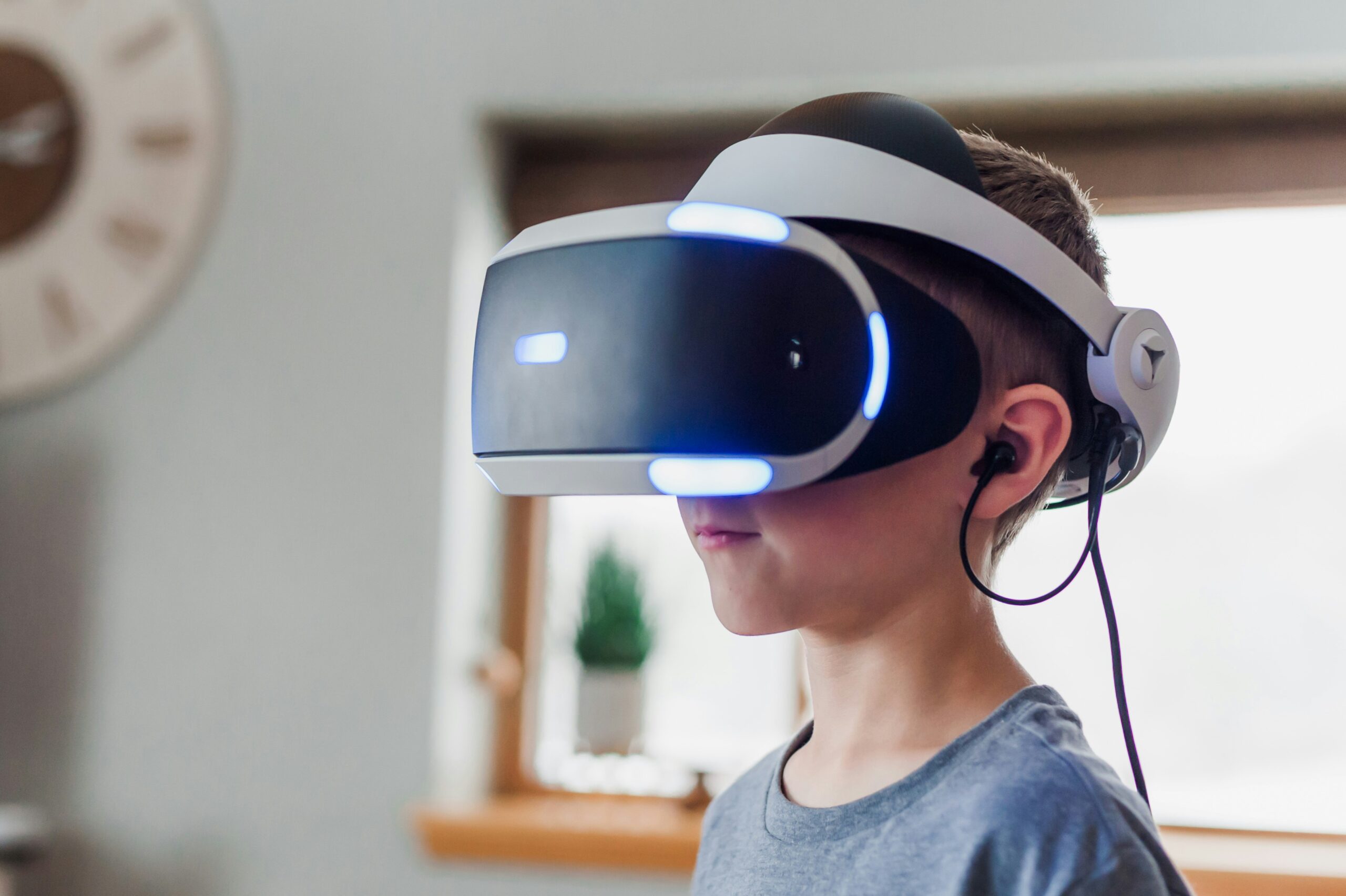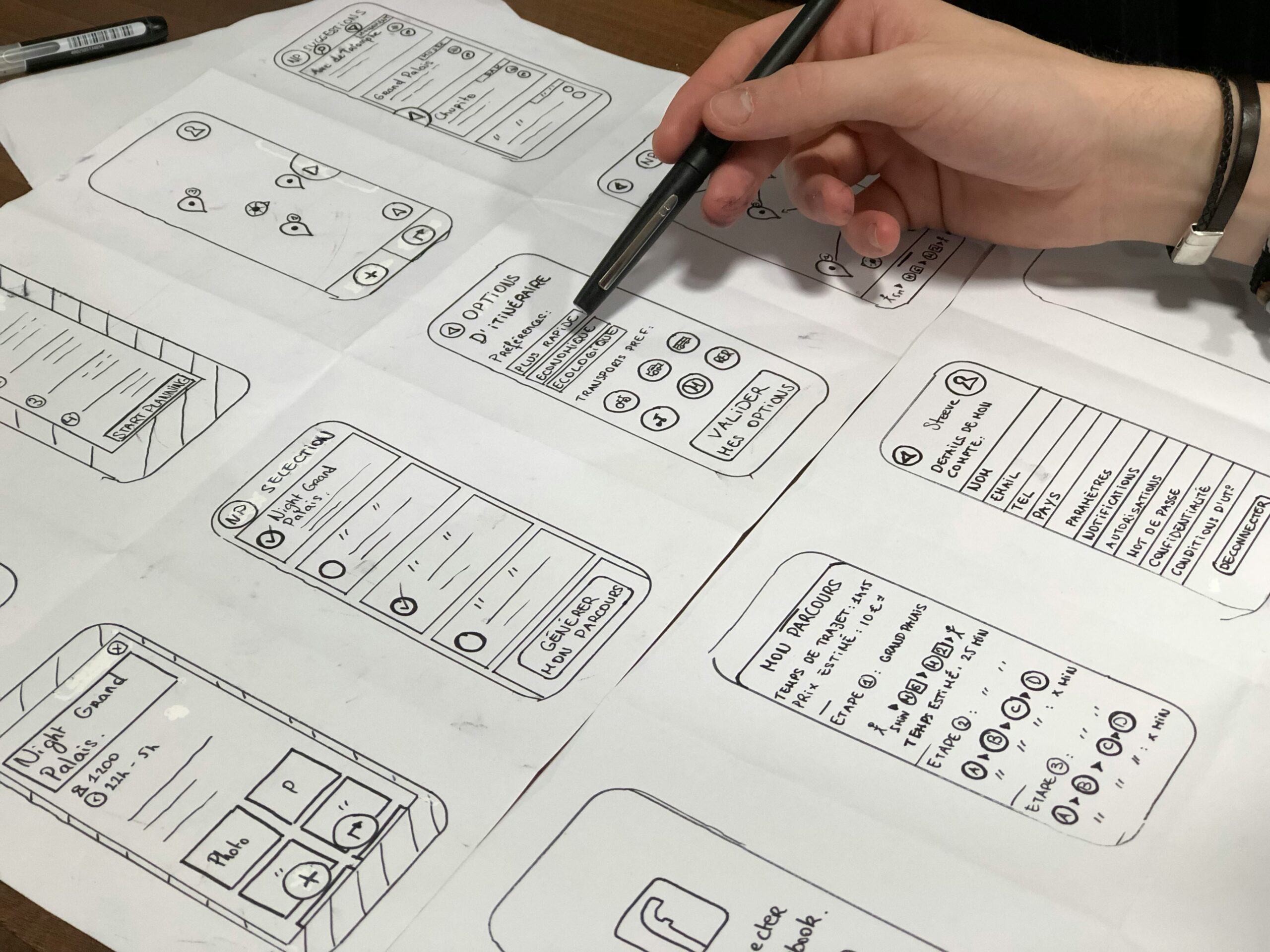When it comes to designing user interfaces, usability has always been a top priority. However, in today’s digital landscape, where technology is advancing at an unprecedented pace, simply focusing on usability is no longer enough. To create truly exceptional user experiences, designers need to go beyond usability and embrace intelligent UX principles.
The Evolution of UX
User experience (UX) design has come a long way since its inception. Initially, the focus was on making interfaces easy to use and navigate. Usability testing became a standard practice to identify and address pain points in the user journey. While usability remains crucial, it is now just one piece of the puzzle.
With the advent of artificial intelligence (AI), machine learning, and big data, UX design has evolved into a more intelligent discipline. Intelligent UX is about leveraging technology to create personalized, context-aware experiences that anticipate user needs and provide relevant solutions.
Intelligent UX Principles
Intelligent UX principles encompass a range of strategies and techniques that enhance the user experience by leveraging intelligent technologies. Let’s explore some of these principles:
1. Personalization
Personalization is the key to creating tailored experiences that resonate with users. By analyzing user data and behavior, designers can deliver content, recommendations, and interactions that are relevant to each individual. Personalization can be achieved through techniques such as adaptive interfaces, dynamic content, and customized notifications.
2. Context Awareness
Understanding the user’s context is crucial for delivering meaningful experiences. Context-aware interfaces adapt to the user’s environment, location, device, and preferences. For example, a weather app can provide personalized recommendations based on the user’s current location and weather conditions.
3. Predictive Analytics
Predictive analytics uses historical data and machine learning algorithms to forecast user behavior and preferences. By analyzing past interactions, designers can anticipate user needs and provide proactive suggestions. For instance, an e-commerce website can recommend products based on the user’s browsing and purchase history.
4. Natural Language Processing
Natural Language Processing (NLP) enables interfaces to understand and respond to human language. Chatbots and voice assistants are prime examples of NLP in action. By incorporating NLP into UX design, designers can create conversational interfaces that make interactions more intuitive and natural.
5. Emotional Design
Emotional design focuses on evoking positive emotions and creating a connection with the user. By incorporating elements such as color psychology, microinteractions, and storytelling, designers can elicit emotional responses that enhance the overall user experience.
The Benefits of Intelligent UX
Intelligent UX principles offer several benefits that go beyond traditional usability. Here are some advantages:
1. Enhanced User Engagement
By personalizing experiences and providing relevant recommendations, intelligent UX keeps users engaged and encourages them to spend more time interacting with the interface. This leads to increased user satisfaction and loyalty.
2. Improved Conversion Rates
Intelligent UX can significantly impact conversion rates. By understanding user preferences and behavior, designers can create persuasive interfaces that guide users towards desired actions, such as making a purchase or signing up for a service.
3. Time and Effort Savings
Intelligent UX streamlines the user journey by reducing cognitive load and eliminating unnecessary steps. By anticipating user needs and providing proactive solutions, designers can save users time and effort, resulting in a more efficient and enjoyable experience.
4. Competitive Advantage
Adopting intelligent UX principles gives businesses a competitive edge. By providing personalized and context-aware experiences, companies can differentiate themselves from competitors and build stronger relationships with their customers.
Conclusion
Usability is no longer the sole focus of UX design. To create exceptional user experiences, designers need to embrace intelligent UX principles. By leveraging technologies such as AI, machine learning, and predictive analytics, designers can create personalized, context-aware experiences that anticipate user needs and provide relevant solutions. Intelligent UX not only enhances user engagement and conversion rates but also saves time and effort for users. By incorporating intelligent UX principles, businesses can gain a competitive advantage and deliver experiences that truly resonate with their customers.







Leave a Reply